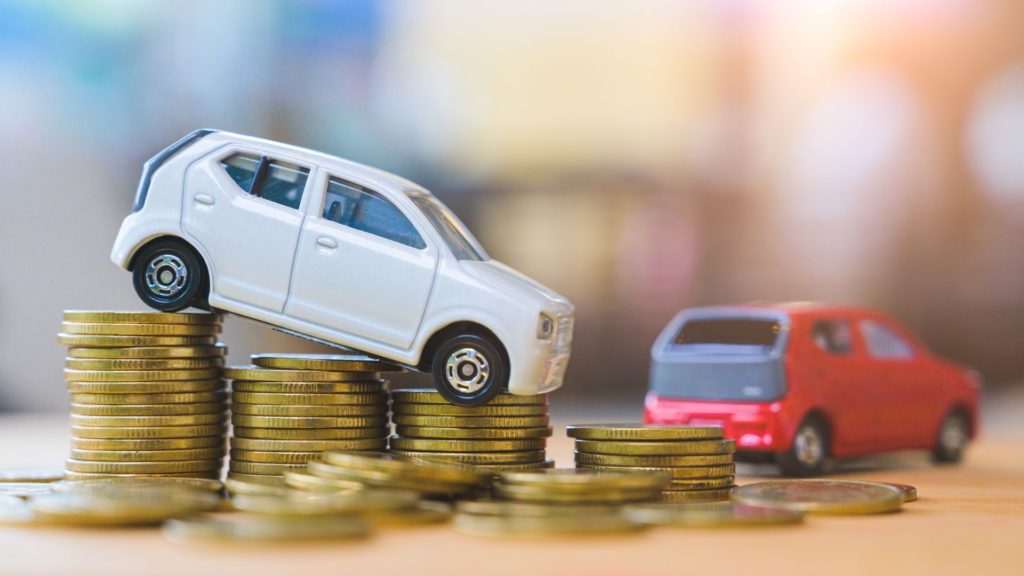Like me, you may think of the car-buying process as something like grocery shopping at a box store on a Sunday afternoon, only worse. You know it’s going to be painful, but you grit your teeth and get it over with. Sure, you go home with what you need afterwards, but they didn’t have everything you wanted, and you probably spent more than you meant to.
You probably also know that a car is often the second-biggest item people buy in their lifetime, and experts suggest the transaction should be approached with careful thought and research.
You can be as thorough as your time and inclination allow, but it comes down to four basic steps.
1. Set a smart budget.
Consumer Reports offers this basic rule-of-thumb: Your total monthly debt payments — including for your house, student loans, credit cards and car — should be less than 36 percent
of your gross (before taxes) monthly income.
So you can find your car payment ballpark by adding your other loan payments and subtracting them from that 36 percent figure. (What if you arrive at a negative number? No need to panic, just know that you should buy the most affordable, reliable car you can find, and work toward reducing your overall debt load.)
2. Narrow your search.
Figuring out the car models you want to look at more closely is pretty simple: Start with the types you like, and you can do most of your research online. Sites like Kelly Blue Book and Edmunds offer tons of information and thorough reviews.
Not surprisingly, Amazon is in the car biz, too — you can not only see specs and read reviews for just about any model of car, but you can also ask questions of other owners before you ever set foot on a dealer lot.
With a bit more research, you can figure out if the average monthly payments of cars you like will fit into the figure you arrived at in Step 1. Remember that your down payment amount can drastically change your monthly payment.
Figuring out if you should buy used or new — or lease — is a little more complicated. Here are the basic pros and cons of four options:
Buy used.
Pros: Best value for the money
Cons: Higher interest rate; and you won’t always know the car’s full history.
Lease new.
Pros: Full warranty; could help you afford a higher-end car
Cons: You won’t own the car and you’ll pay penalties if you can’t stick to the distance limits and other parameters.
Buy new.
Pros: Full warranty; lower interest rate; often free maintenance and roadside assistance
Cons: Highest cost; fewer features for the money in most cases
Buy certified pre-owned.
Pros: Lower price for a very slightly used car; certified as reliable by the dealership; often has the same warranty as a new car
Cons: Still a higher price than a more-used car
3. Figure out the true cost
Check with your bank, credit union or other lender to get a quote on the interest rate you’ll qualify for. Remember to check with local credit unions — they might offer rates that are 1 or even 2 percent lower than banks. CULookup.com can help you find a credit union you can join. You can also use Bankrate’s rate search to see average rates in your area.
Once you know the interest rate, you can get a better estimate of your monthly payment.
Add sales tax, the registration fees and insurance onto the sticker price to identify a car’s true total cost.
4. Go to the dealership.
Now that you’ve done your research, it’s time to test drive the cars. Take your time with the test drive to make sure you like the car. Ask lots of questions.
You’ve already identified the cars’ total costs, as well as the interest rate you know you can get. Remember to bring these figures with you for reference at the dealership so that — once you start talking sales with a dealer — you can quickly figure out if you should go with dealer financing, a cash-back offer or your own lender’s rate.
Bankrate also has a car-rebate-versus- low-interest calculator to help you figure out which is best for your bottom line. Don’t be afraid to haggle for the best price based on the research you’ve done. Once you and the dealer have agreed on a price, be prepared to say no to all those extras you’ll be offered.
5. Consider digital dealers.
Still feel queasy at the thought of negotiating at a dealership?
You might also explore the idea of going with a “digital dealer,” a third-party online retailer such as Beepi, Shift, Carvana and Vroom, where you can buy a used car online.
That’s right: You buy the car sight unseen. But these services offer a full inspection and reconditioning of each car prior to sale. They also provide a no-questions-asked, money-back guarantee return policy.
If hassle-avoidance is a priority for you, this might be an option to investigate! (And do your grocery runs during the week.)
Eric Braun is a Minneapolis dad of two boys.



















